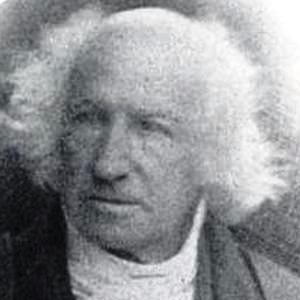James Cumming (chemist) facts for kids
James Cumming (born September 26, 1777 – died November 10, 1861) was a famous Professor of Chemistry at Cambridge University. He held this important job from 1815 to 1860. People remember Professor Cumming for his exciting way of teaching. He would often do experiments during his lectures. Sometimes, he even used a special machine to give his audience a small, safe electric shock! He was also known for a demonstration where he used electricity on a cat.
Contents
Early Life and Schooling
James Cumming was born in Piccadilly, London, in 1777. His family later moved to Buxton, where his father managed the Old Hall Hotel. This hotel was a very old building. It had even been a home for Mary, Queen of Scots a long time ago!
James went to school at Marlborough College. After that, he studied at Trinity College, Cambridge. He became a priest in 1802, which was common for academics back then.
A Career in Chemistry
Cumming became a professor in 1815. At that time, professors had to work hard to get students to attend their lectures. Professor Cumming always kept up with the newest discoveries in chemistry. In 1816, he became a member of the important Royal Society. This group includes many famous scientists.
In 1819, he also became the rector of a church in North Runcton. This job gave him a good income. It allowed him to marry Sarah Humphrey from Cambridge. In the same year, he helped start the Cambridge Philosophical Society. This group was for people who loved discussing science and new ideas.
Exciting Lectures and Experiments
In the 1820s, Professor Cumming gave lectures almost every day. He had three assistants to help him. This meant he could cover a lot of information in just one hour. Some of his students became very famous. These included George Stokes and Charles Darwin's older brother, Erasmus Darwin.
Erasmus Darwin said that Cumming's lectures were very entertaining. Cumming would compare his experiment results to "artificial diamonds," even if they weren't real ones! He also shared many stories from history and literature. He would even talk about how dangerous some experiments could be. He might mention how past experiments had blown holes in ceilings. He also talked about how other professors had been hurt during demonstrations.
Professor Cumming studied electricity and special tools called galvanometers. He was famous for his exciting demonstrations. He would give his audience a small, safe electric shock. He also showed how electricity worked by using it on a cat. Today, we see his teaching style as very modern. He was one of the first science teachers who used his own research to make his lessons exciting and inspiring.
Later Years
By the 1840s, fewer students attended his lectures. This was partly because students at Cambridge didn't have to take chemistry. They could get their degrees in subjects like math or classics. Students also felt more pressure to do well in their main subjects.
James Cumming was a professor until a year before he passed away. He died on November 10, 1861. He was buried at All Saints Church in North Runcton.
Works and Publications
Professor Cumming wrote several important works during his career. These helped share his knowledge with others.
- A Manual of Electro-Dynamics, published in 1827.
- Report on Thermo-Electricity, found in the Brit. Assoc. Reports from 1831–1832.



